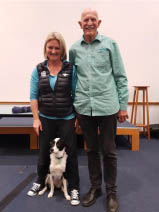 Tamsin Ward-Smith is the eastern coordinator for brown kiwi with the trust Kiwis for Kiwi. It was at the Westshore centre where Tamsin is based that our club helped with the maintenance of the pens a couple of months ago.
Tamsin Ward-Smith is the eastern coordinator for brown kiwi with the trust Kiwis for Kiwi. It was at the Westshore centre where Tamsin is based that our club helped with the maintenance of the pens a couple of months ago.Tamsin accompanied by her kiwi dog in training, Spur, spoke about the kiwi population in New Zealand and the work the trust is doing to increase the population.
Kiwi, New Zealand’s national treasure, is a grumpy solitary bird that prefers its own company.
Kiwi, New Zealand’s national treasure, is a grumpy solitary bird that prefers its own company.
It is a sacred bird with all parts protected.
There are five different species; little spotted, brown, great spotted, Rowi and Tokoeka. The kiwi population is 63,500. They are mostly nocturnal and live in all habitats. Their sharp claws are used for digging and defence.
(Tamsin Ward-Smith (pictured below with Charlie Fergus and her dog Spur)
They were most likely evolved from the elephant bird found in Madagascar. It is known as an honorary mammal as it has cat like whiskers and good eyesight. Although flightless it has tiny wings and a lower body temperature than that of a mammal. They have a good sense of smell with their nostrils near the tip of their bill. They are omnivores and their diet is mainly large ground and underground invertebrates. They lay a large egg - 450cm and weighs 15-20% of a female kiwi’s weight. The North Island male kiwi incubates the egg taking usually between 80-85 days. 60% of the egg is yolk and the chicks when hatched don't need parental care. They hatch like miniature adult birds. They can live 50-100 years without predators. The predators are feral cats, ferrets, stoats, weasels and dogs. 95% of young kiwis die before 100 days old and stoats kill 60%. Trapping and 1080 is used to keep predators at bay.
Operation Nest Egg, a project at Maungataniwha Forest, takes eggs for incubation and they return the chicks to the Cape Sanctuary and Westshore kiwi facility before being released back to the wild. About 300 young kiwis have been released in the last 10 years. Kiwis for Kiwi has a target to grow kiwi numbers by 2% through Kohanga Kiwi (growing nests) which breed juveniles and release them to the wild in predator-controlled areas. For more information go to their website. www.kiwisforkiwi.org
Operation Nest Egg, a project at Maungataniwha Forest, takes eggs for incubation and they return the chicks to the Cape Sanctuary and Westshore kiwi facility before being released back to the wild. About 300 young kiwis have been released in the last 10 years. Kiwis for Kiwi has a target to grow kiwi numbers by 2% through Kohanga Kiwi (growing nests) which breed juveniles and release them to the wild in predator-controlled areas. For more information go to their website. www.kiwisforkiwi.org
